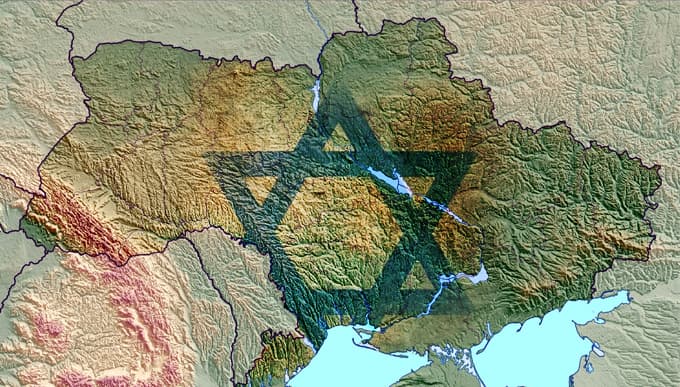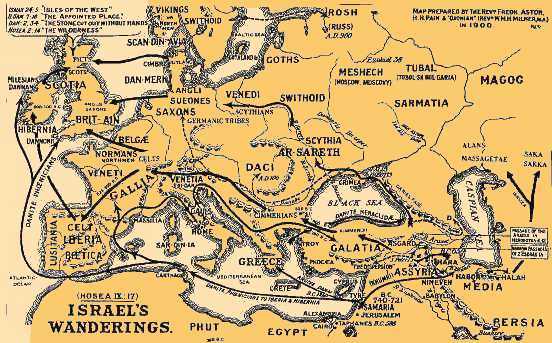Scythians started appearing within Central Europe, especially in the Thracian and Hungarian plains, and in the regions corresponding to present-day Bessarabia, Transylvania, Hungary, and Slovakia, from the end of the 7th century onwards. Multiple fortified settlements of the Lusatian culture were destroyed by Scythian attacks during this period, with the Scythian onslaught causing the destruction of the Lusatian culture itself. Attacks by the Scythians were directed at southern Germania, and, from there, until as far as Gaul and even the Iberian Peninsula; these activities of the Scythians were not unlike those of the Huns and the Avars during the Migration Period and of the Mongols in the mediaeval era, and they were recorded in Etruscan bronze figurines depicting mounted Scythian archers as well as in Scythian influences in Celtic art.
7th Century BC edit
During the 7th century BC the Scythians under their king Išpakaia were allied with the Cimmerians,[3] and are believed to have threatened the frontiers of the Kingdom of Urartu during the reign of its king Argishti II, who reigned from 714 to 680 BC.[4]
The first mention of the Scythians in the records of the then superpower of West Asia, the Neo-Assyrian Empire, is from between 680/679 and 678/677 BC, when their king Išpakaia joined an alliance with the Mannaeans and the Cimmerians in an attack on the Neo-Assyrian Empire. During this time, the Scythians under Išpakaia, allied to Rusa II of Urartu, were raiding far in the south till the Assyrian province of Zamua. These allied forces were defeated by the Assyrian king Esarhaddon.[5]
The Scythians and their allies the Cimmerians would engage in repeated wars with the Assyrians during the first decades of the 7th century BC. Scythian-Assyrian hostilities were eventually brought to an end when the Scythian King Bartatua married Assyrian princess Šērūʾa-ēṭirat. Bartatua's marriage to Šērūʾa-ēṭirat required that he would pledge allegiance to Assyria as a vassal, and in accordance to Assyrian law, the territories ruled by him would be his fief granted by the Assyrian king, which made the Scythian presence in West Asia a nominal extension of the Neo-Assyrian Empire and Bartatua himself an Assyrian viceroy. Under this arrangement, the power of the Scythians in West Asia heavily depended on their cooperation with the Assyrian Empire; a fact which ensured the Scythians remained allied to the Assyrian Empire for many decades.[6]
The Scythian alliance with Assyria ultimately led it into conflict with their former allies the Cimmerians, who were now primarily operating out of Asia Minor. During the first half of the seventh century the Cimmerians had amassed considerable power, to the extent that by 657 BC the Assyrian divinatory records were calling the Cimmerian king Tugdammi by the title of šar-kiššati ("King of the Universe"), which could normally belong only to the Neo-Assyrian King.[7] However, this state of affairs was ephemeral and in 635 BC the Scythians, with the approval of Assyria, would conduct an invasion of Cimmerian territory in conjunction with the Lydians, a Kingdom in western Anatolia, ultimately defeating the Cimmerians and opening up Anatolian territory to Scythian settlement.[8][9]









